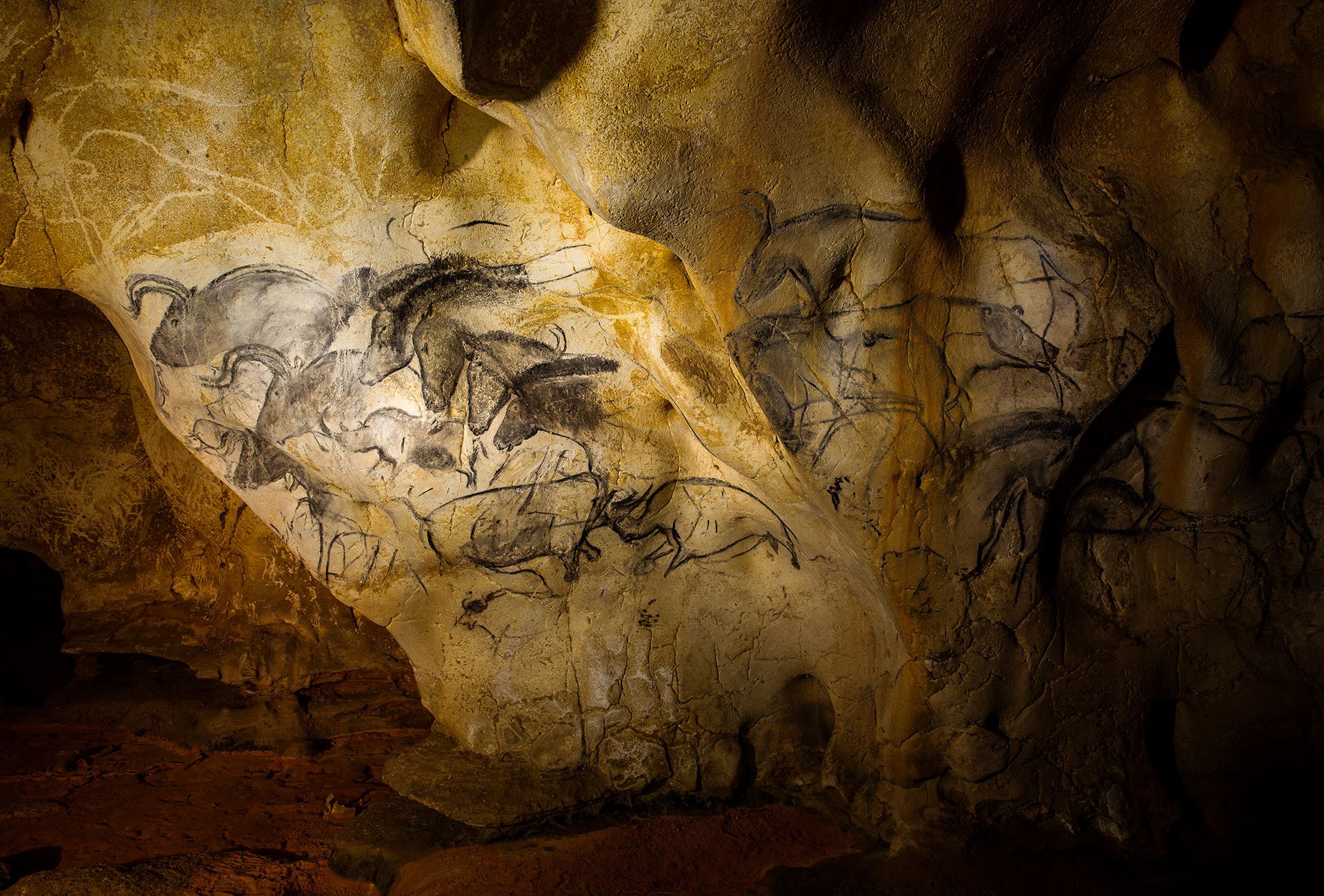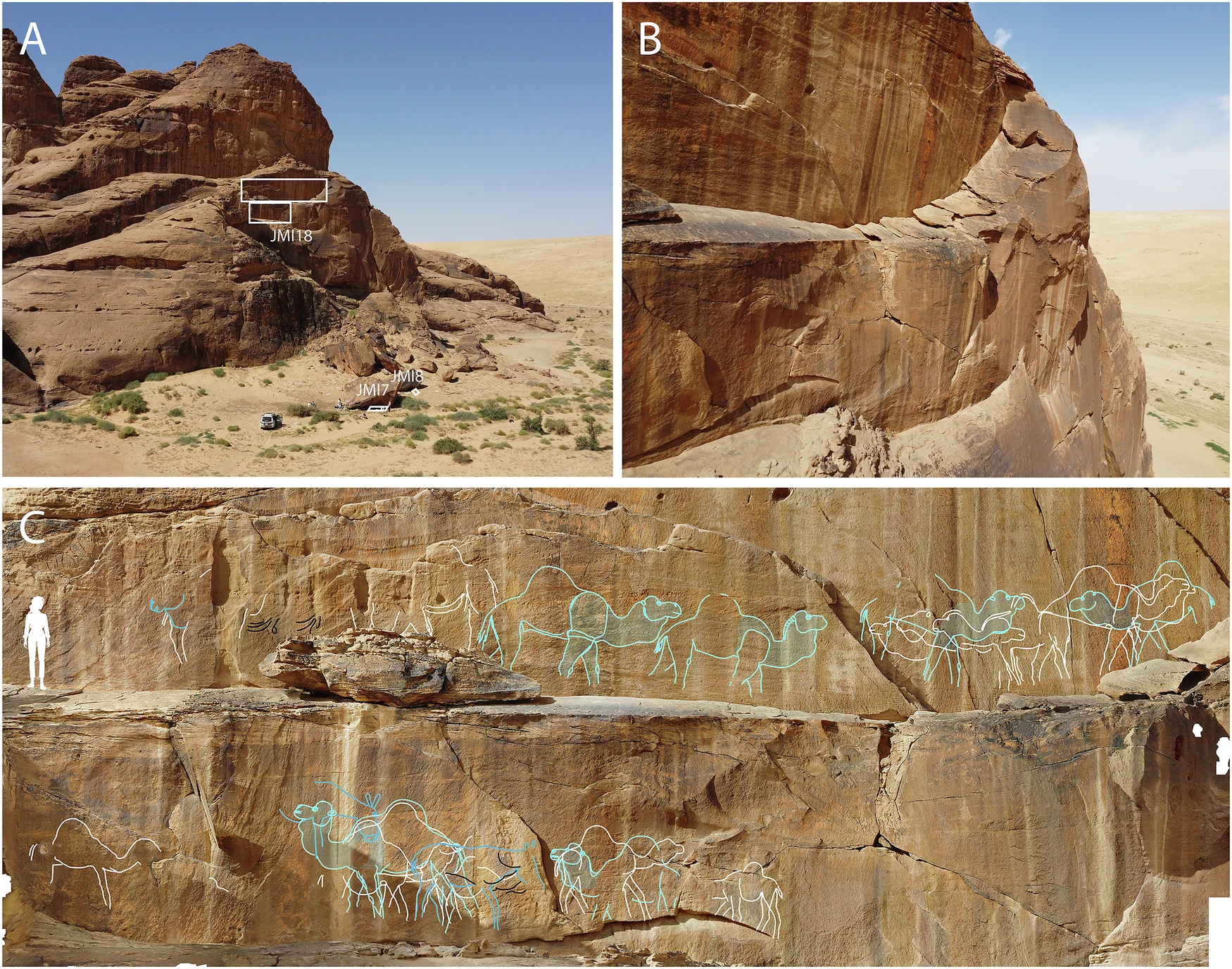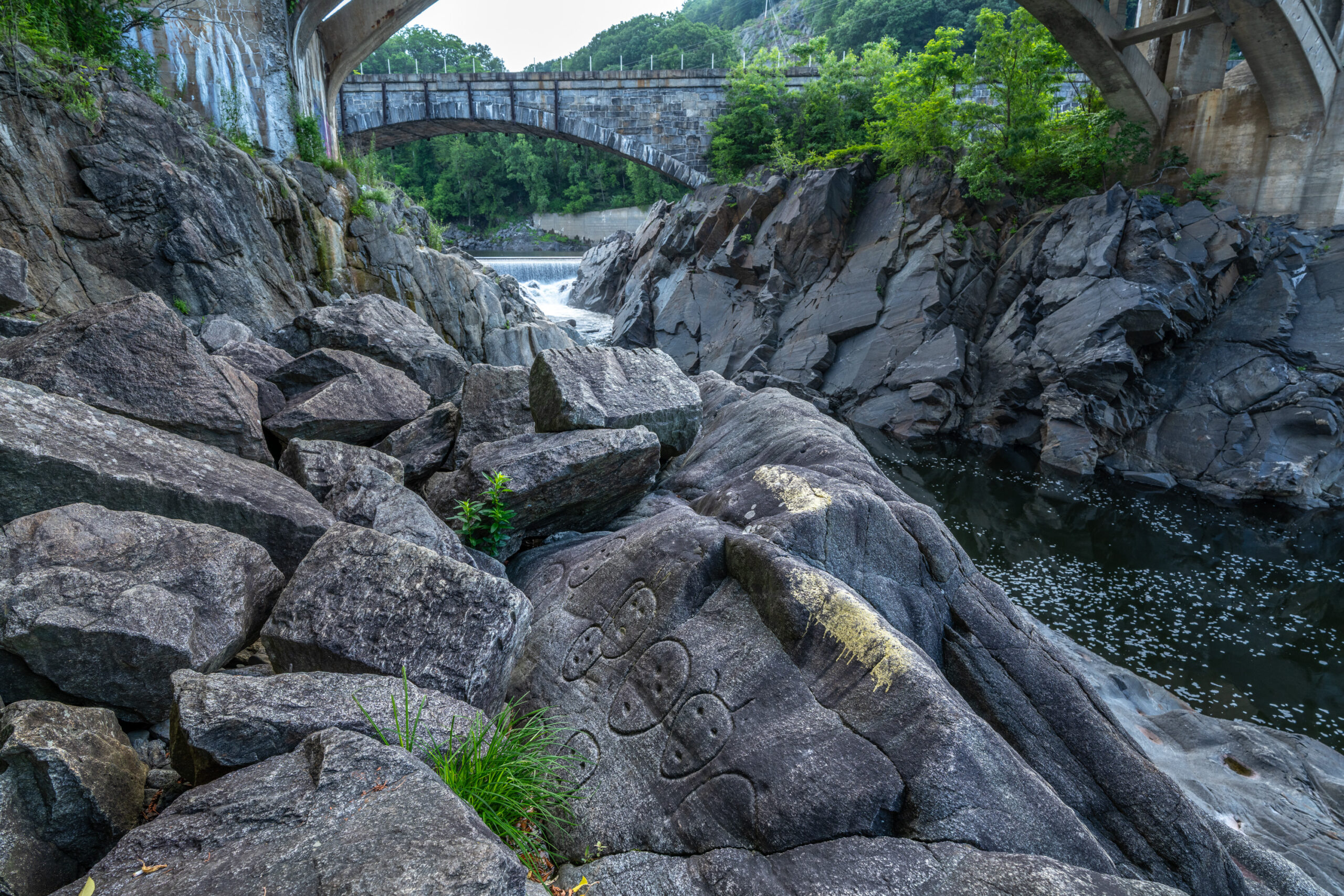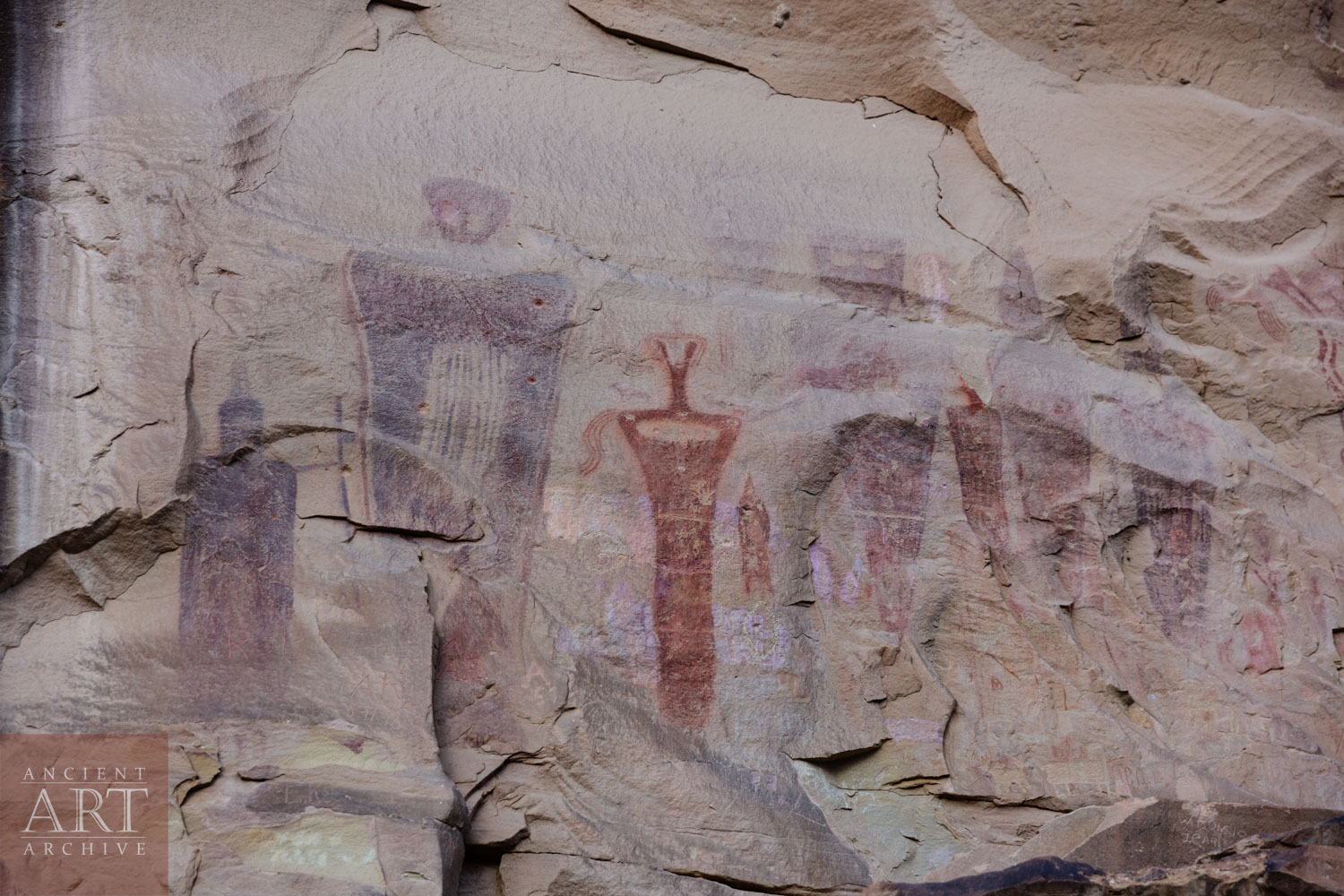Exploring the World of Rock Art: Pictographs, Petroglyphs, and Geoglyphs
Making art is a basic human need. It separates us from all the other animals. Art is humanity’s first true invention.
The world’s earliest artists used the landscapes around them as their canvas, leaving behind works of art that span thousands of years and diverse cultures. From towering cliffs to expansive deserts, rock art offers a window into the creativity, spirituality, and daily lives of ancient peoples. Let’s dive into the three categories of rock art—pictographs, petroglyphs, and geoglyphs—and explore some of the incredible public art sites featured on the Ancient Art Archive.
1. Pictographs: Painting the Past
Pictographs are rock art created by applying pigments, typically made from natural materials like ochre, charcoal, or clay, to stone surfaces. These painted images often depict animals, human figures, and symbolic motifs that were central to ancient cultures. Often, different colors of paint decay at different rates; it’s common to find paintings where only the red ochre remains. The outside world is not kind to paintings. We tend to find pictographs preserved in caves, where they are sheltered, or in very arid environments, like deserts. So, the reason we find so many pictographs in desert landscapes is because that is where they are best preserved, not because that is the only place they were made.
White Shaman Panel (USA): Found in Texas’s Lower Pecos Canyonlands, this masterpiece showcases intricate symbols and figures believed to reflect cosmological themes, including the winter solstice.
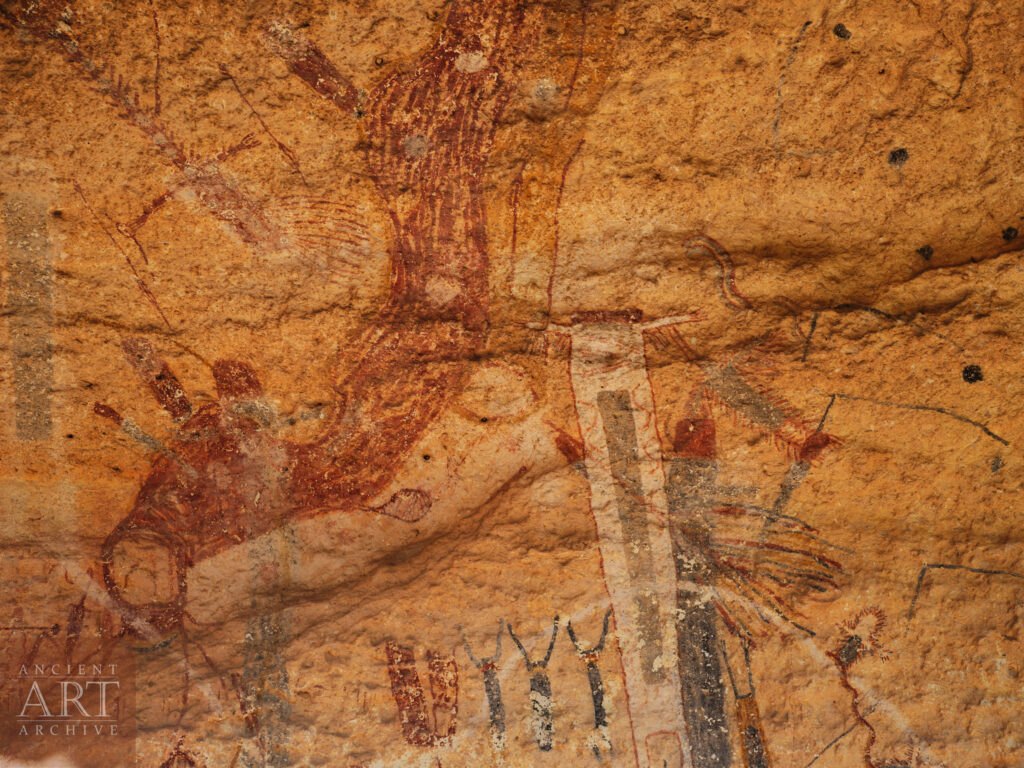
Chauvet Cave (France): Famous for its incredibly detailed animal paintings, the Chauvet site provides an early glimpse into humanity’s artistic capabilities. With paintings dating back over 30,000 years, the site was re-discovered in the mid-1990s. The sophistication of the artwork put to rest any notion that people of the paleolithic were cognitively primitive.
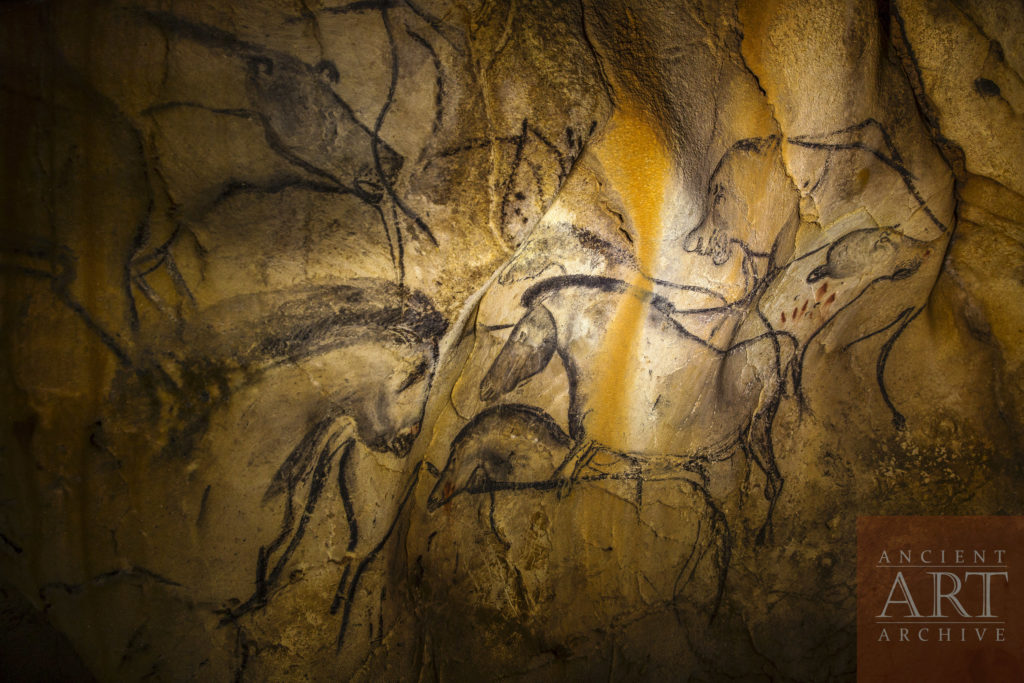
2. Petroglyphs: Etching into Eternity
Petroglyphs are created by pecking, carving, or scraping away the rock surface to reveal the lighter stone beneath. These etched images can be found in nearly every corner of the world, offering a universal connection to ancient peoples. Most rock art images we see today are petroglyphs. The reason is an accident of preservation, rather than a preference for carving on the part of people from the past: because petroglyphs are carved into rock, they tend to last longer than pictographs.
Rochester Creek, Utah (USA): Located in Utah, this remarkable panel features hundreds of petroglyphs carved over centuries, providing a complex and layered story.
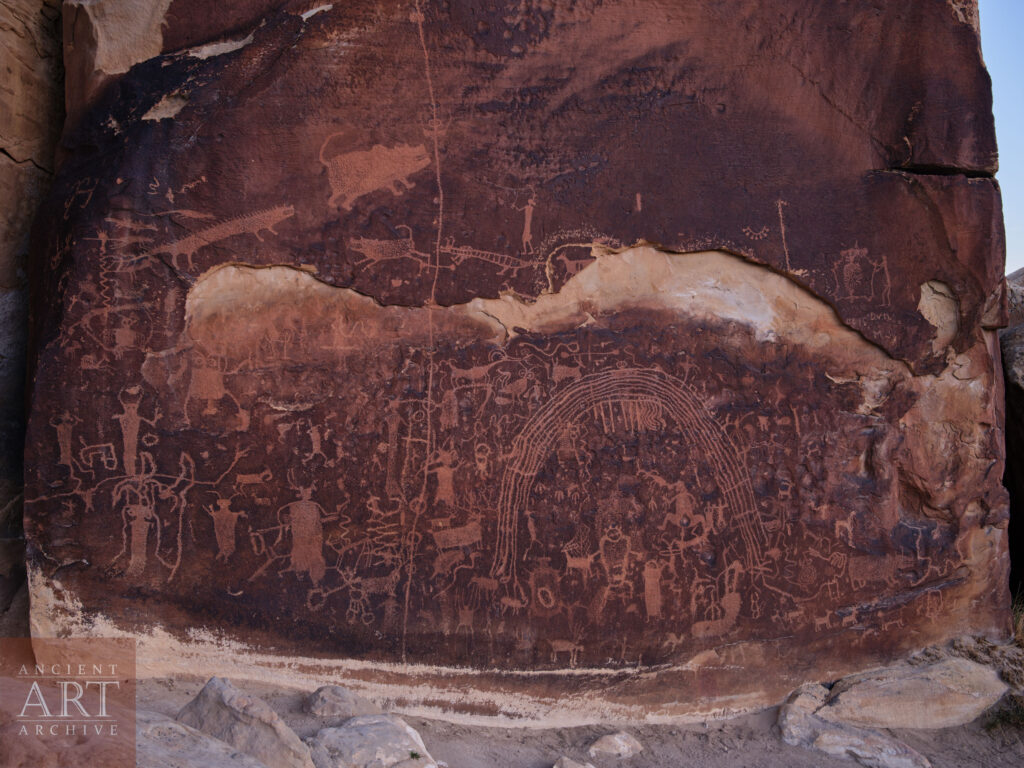
The Côa Valley Archaeological Park (Portugal): A UNESCO World Heritage Site, this area is home to hundreds of engraved images from the paleolithic era. These open air carvings have survived for over 15,000 years.
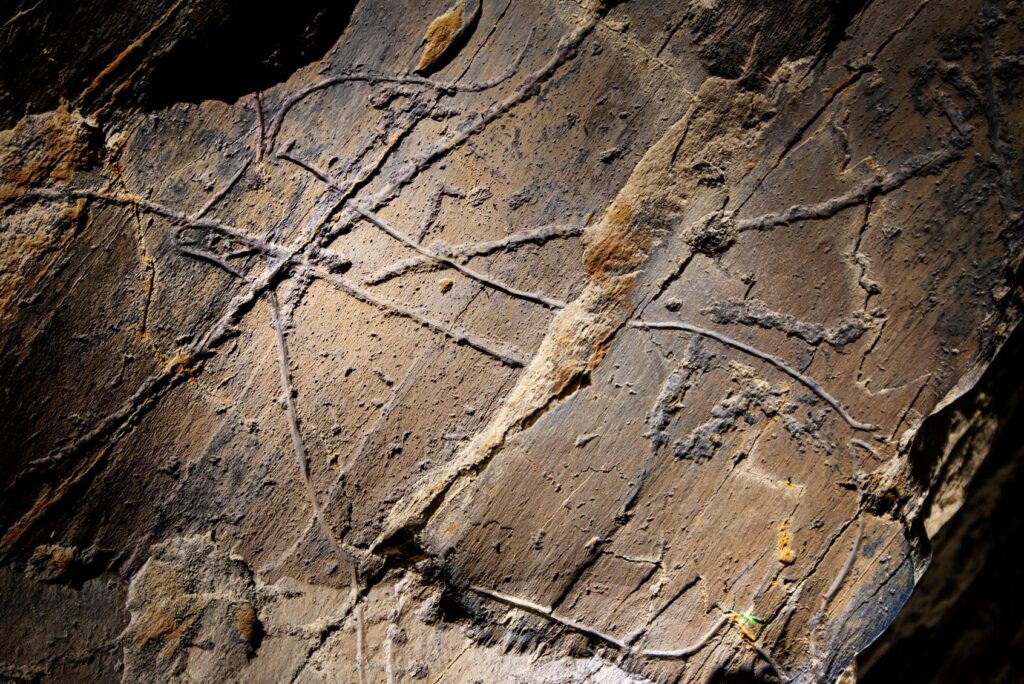
3. Geoglyphs: Art on a Grand Scale
Geoglyphs are massive designs created by arranging stones or altering the landscape itself. Often best viewed from above, these monumental artworks demonstrate incredible planning and coordination. Geoglyphs are astounding engineering marvels created on a scale that is often difficult to conceive.
Blythe Geoglyphs (USA): Only discovered by the non-indigenous world in the 1930s, these giant images are carved into alluvial fans on both sides of the Colorado River.
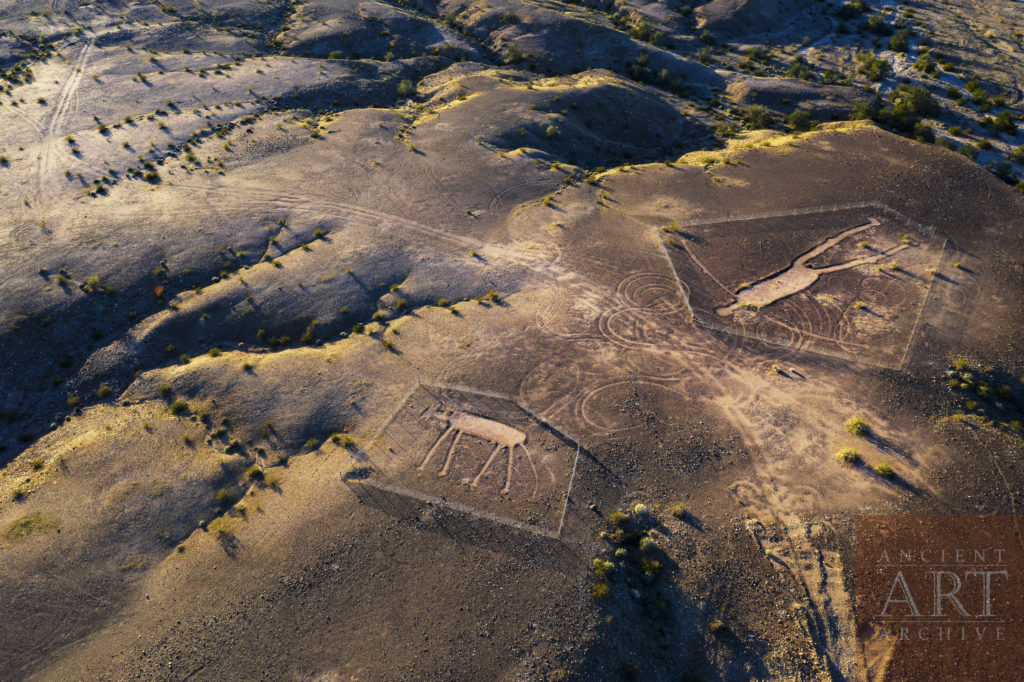
Paracas Candelabra (Peru): This enormous glyph etched into a hillside near the ocean has long puzzled researchers. Its purpose and origin still shrouded in mystery.
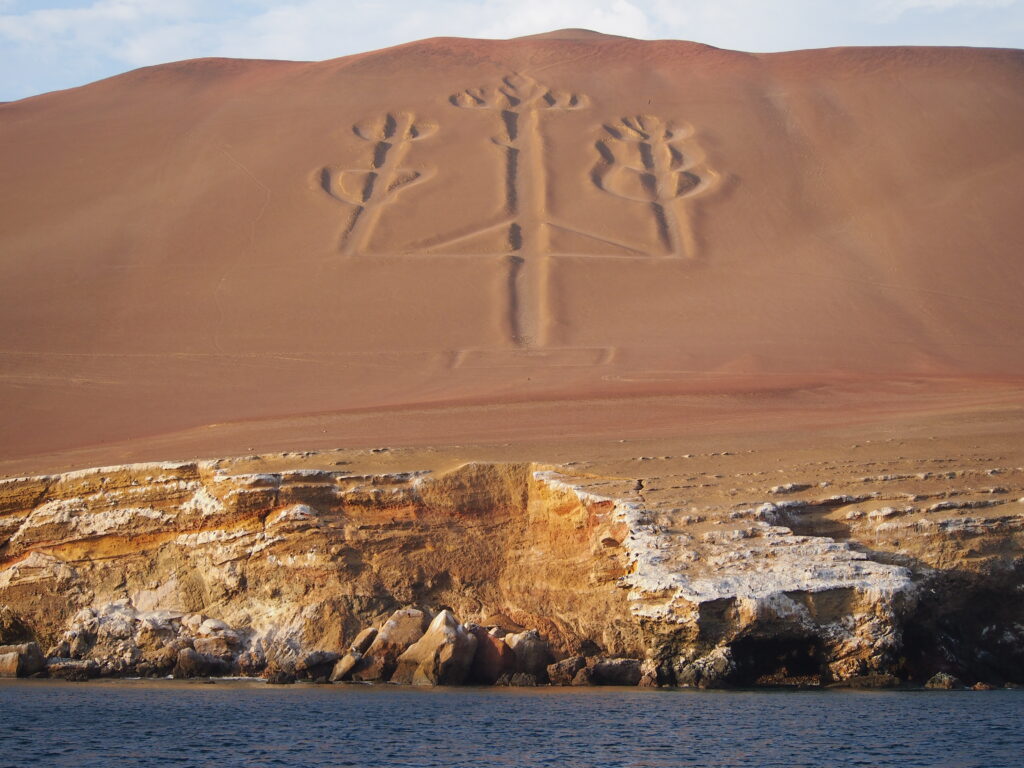
Discover Rock Art Near You
Whether you’re looking to explore local history or plan a global adventure, our list of Public Art Sites is a fantastic resource. It features accessible locations where you can experience the beauty and mystery of ancient rock art firsthand.
Each site tells its own story, yet collectively they highlight a shared human desire to leave a mark, to communicate, and to connect with something greater. By visiting and protecting these sites, we honor the legacy of the world’s earliest artists. Whenever you visit a rock art site, remember: you are visiting a story that someone in the past felt was important enough to set in stone. Please be respectful of those artists and their living descendants.
